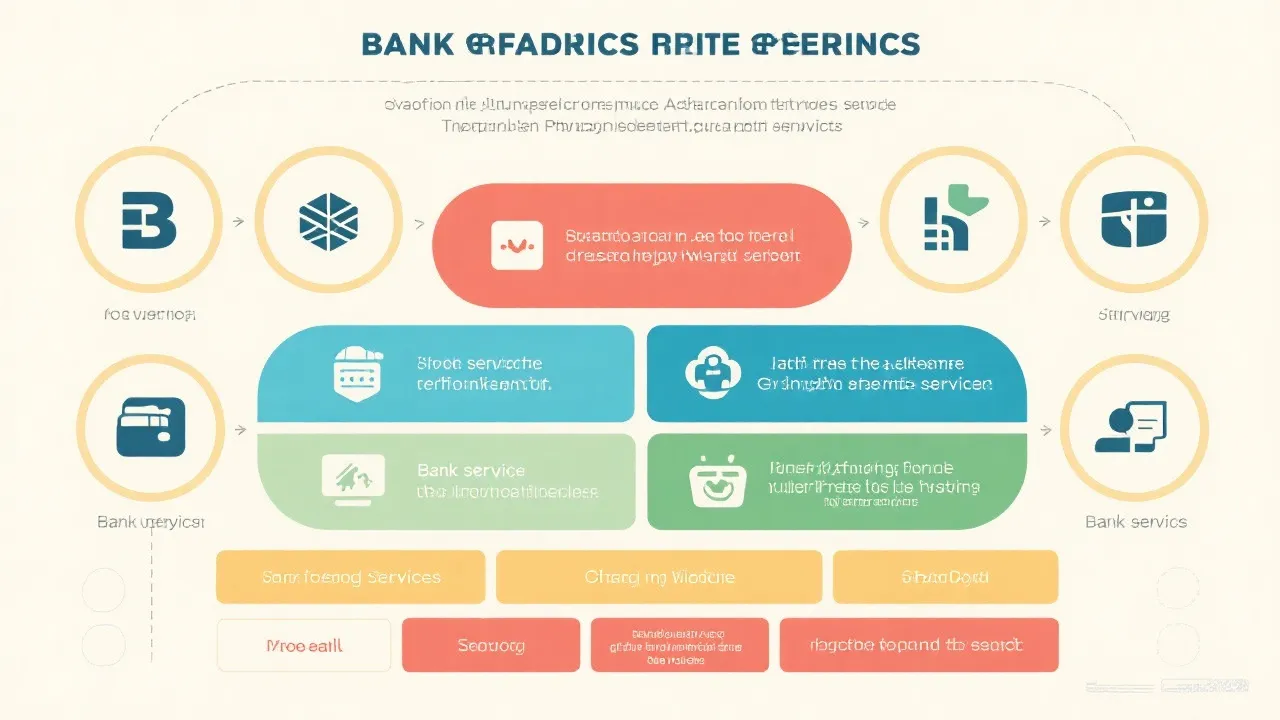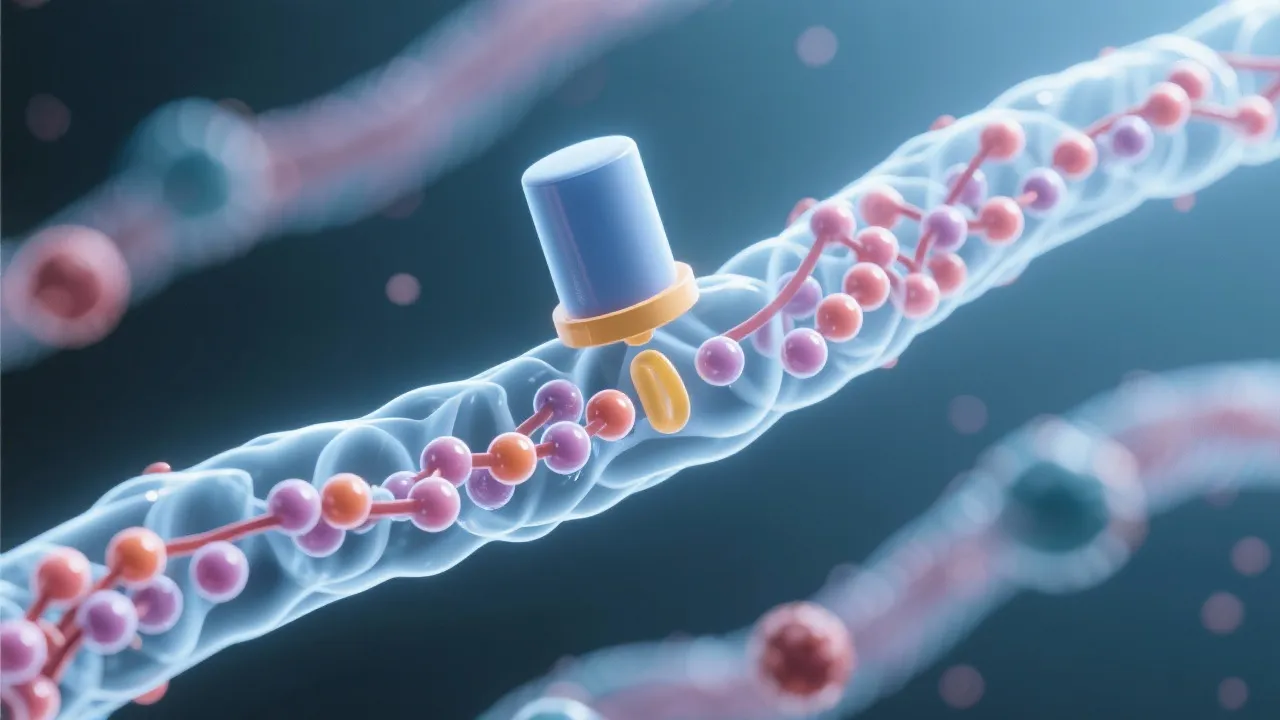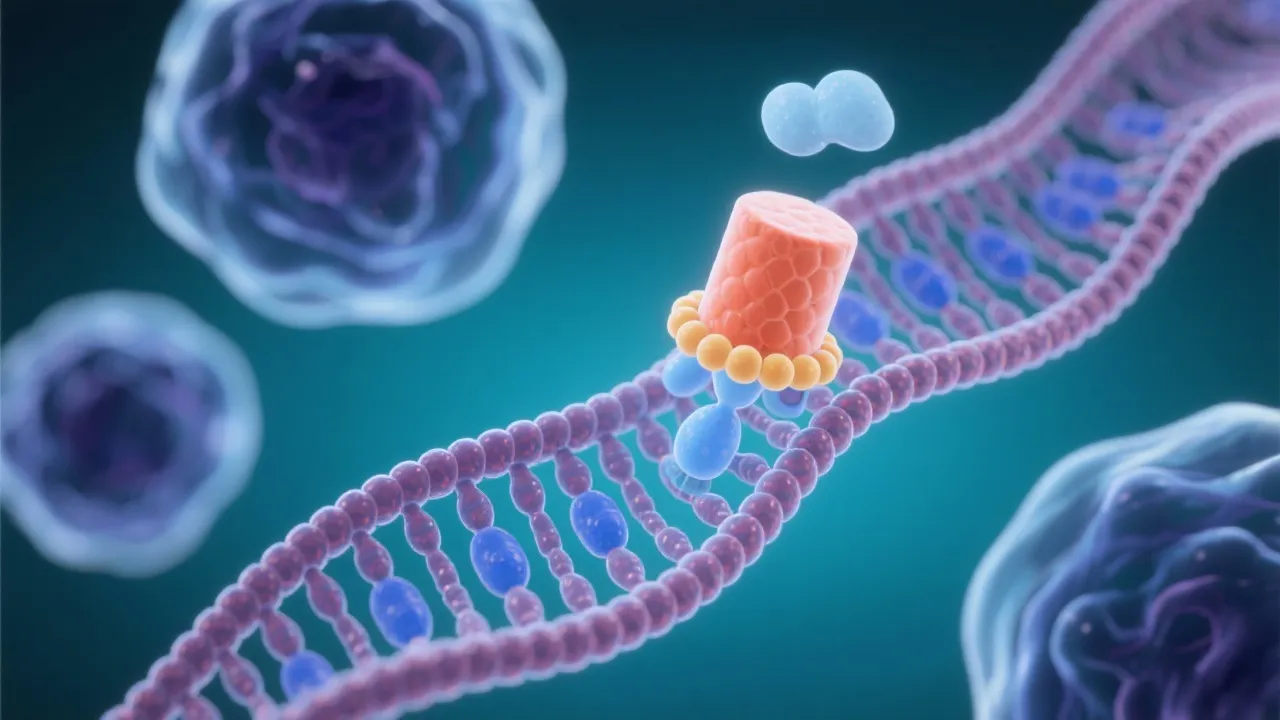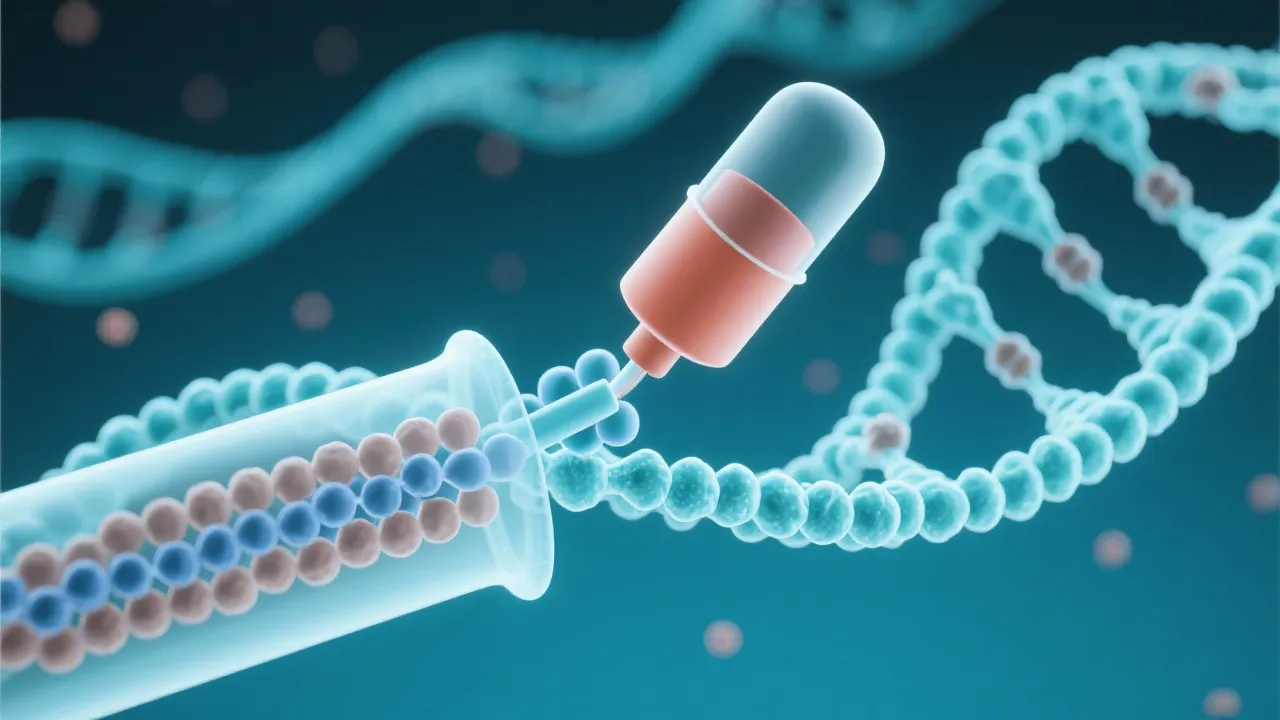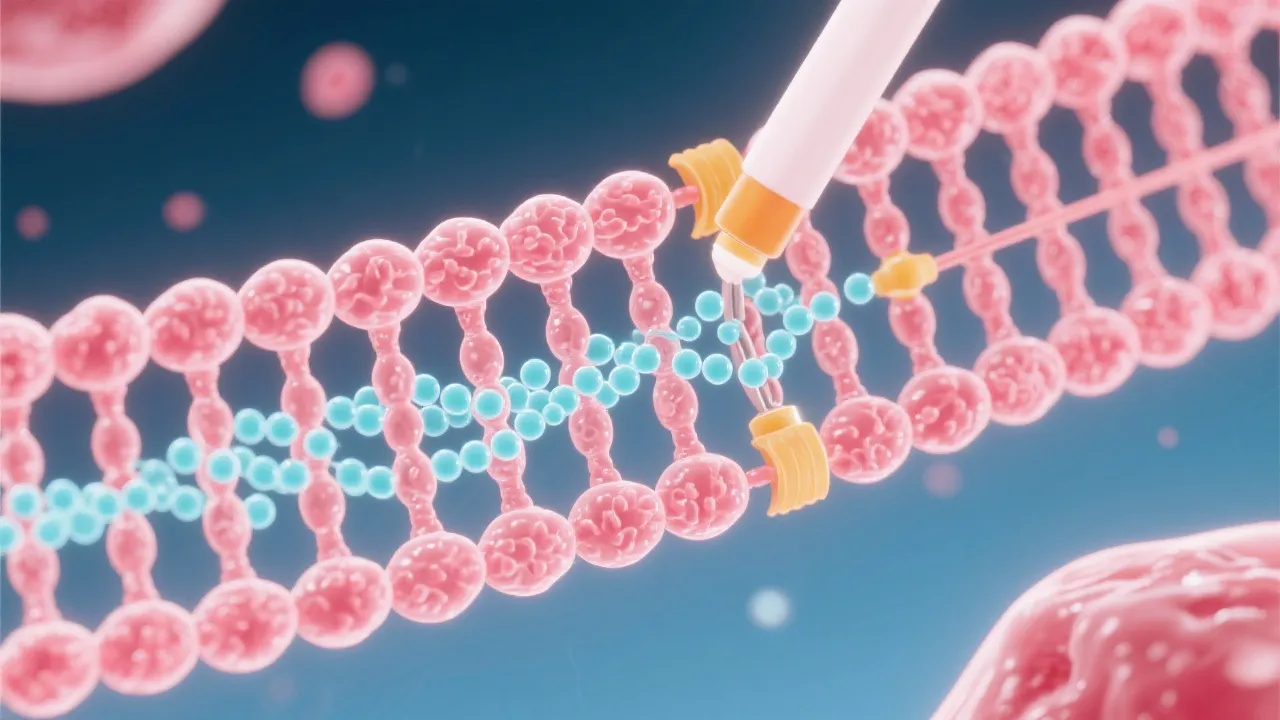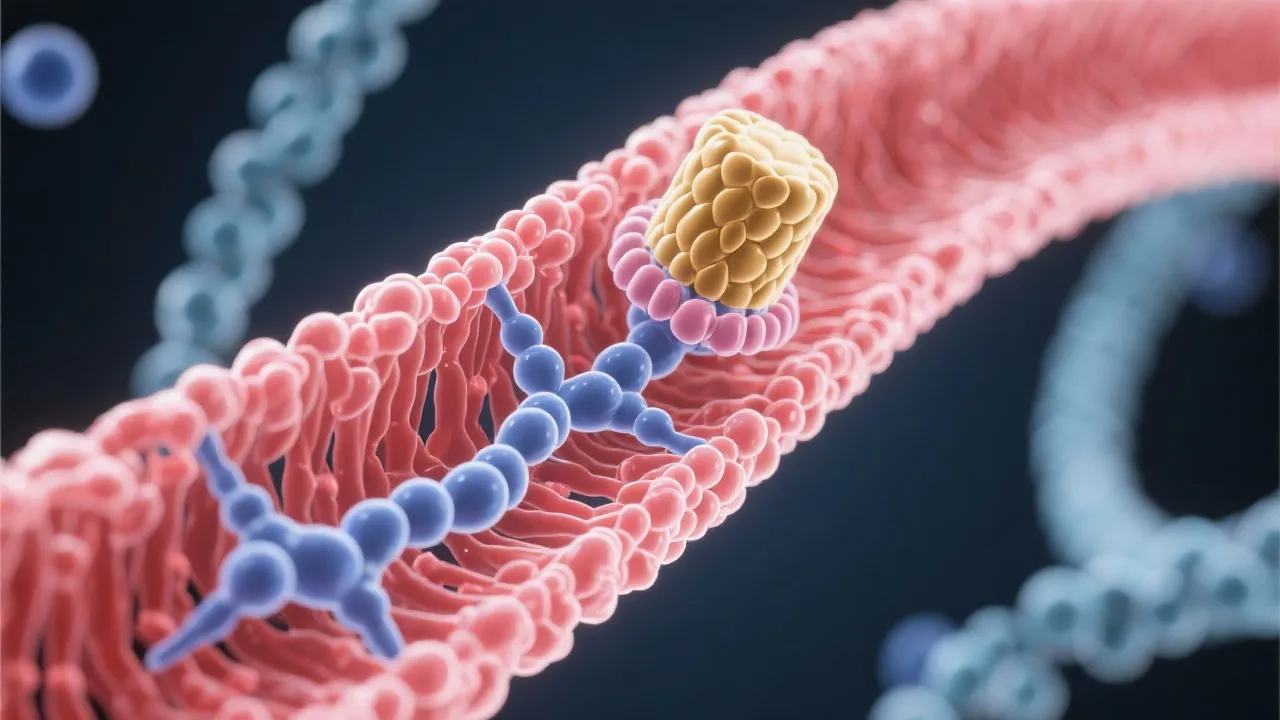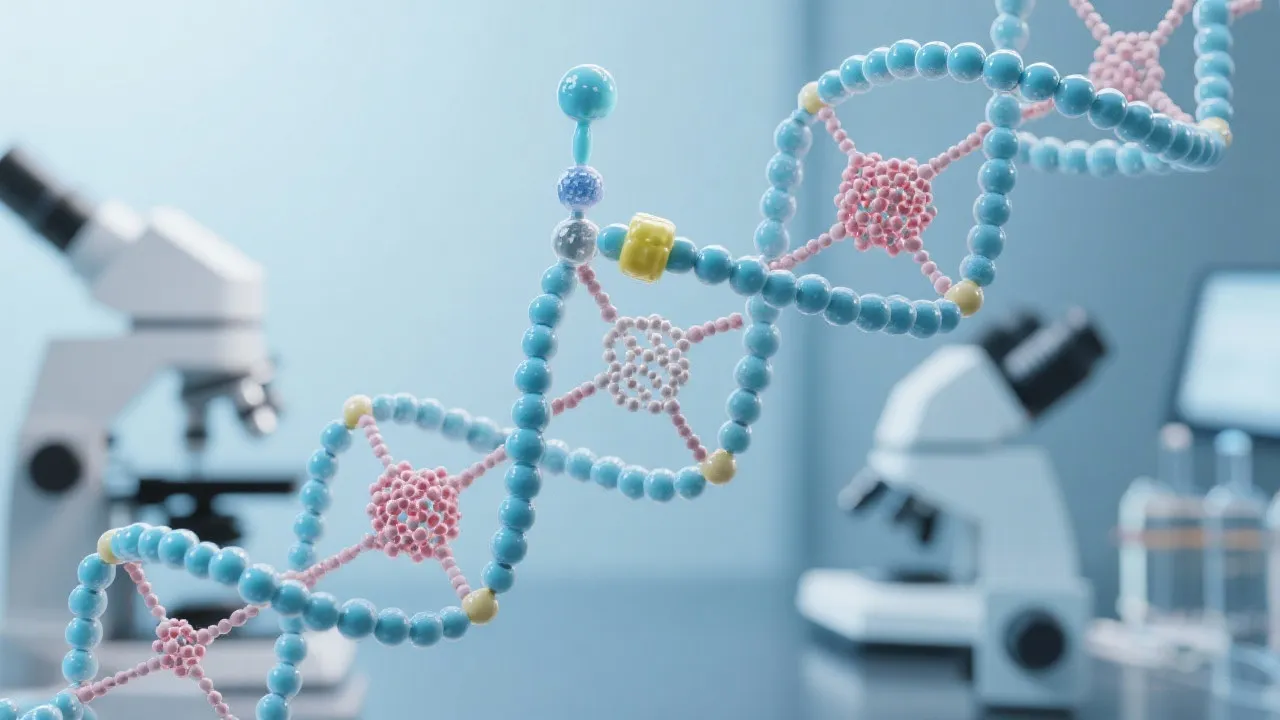The Essential Process of mRNA Capping
mRNA capping is a critical biochemical modification that occurs at the beginning of eukaryotic messenger RNAs (mRNAs). This article delves into the process, its significance in gene expression, and the molecular mechanisms involved, offering an expert's perspective on its fundamental roles in cellular function and its potential implications in medical research.
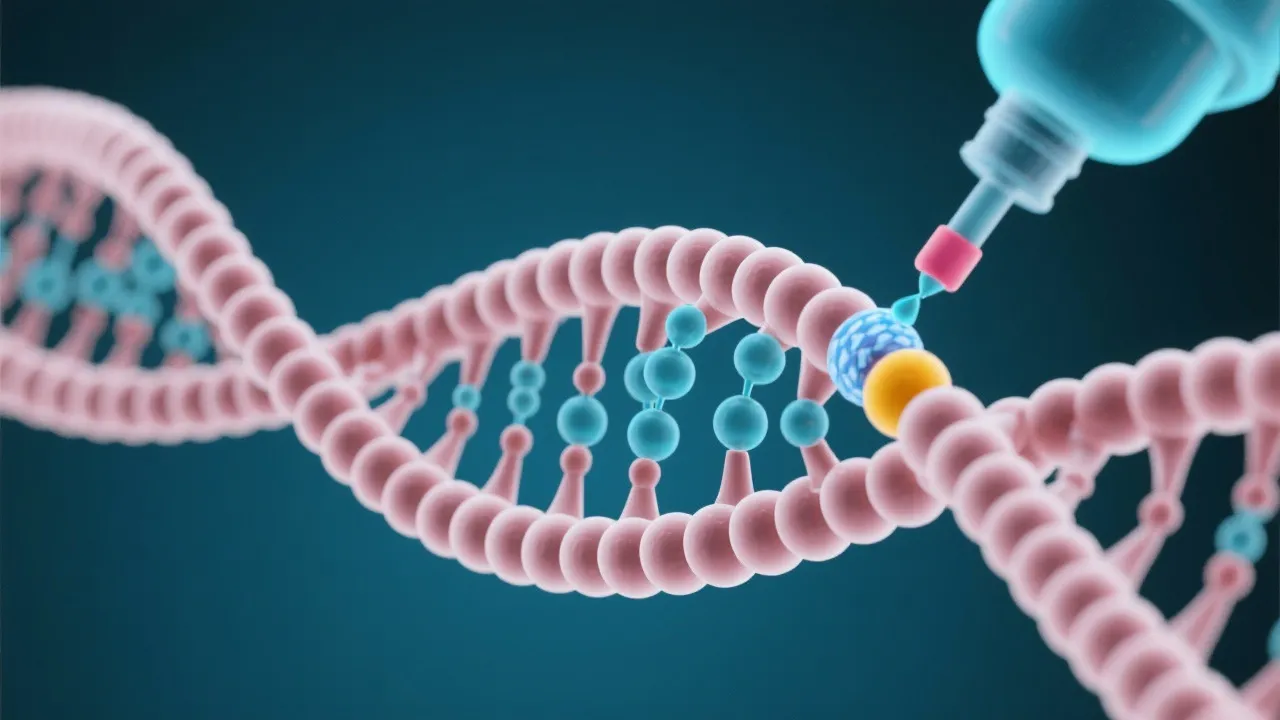
Understanding mRNA Capping: A Fundamental Overview
In the realm of molecular biology, the concept of mRNA capping stands as a cornerstone of genetic regulation within eukaryotic cells. The process entails the chemical modification of the 5' end of pre-messenger RNA and plays a pivotal role in gene expression and stability. This article aims to unravel the complexities of mRNA capping, its mechanistic pathways, and explore its broader implications in cellular function and medical research. As we delve deeper, we will cover not only the basic principles but also the intricate details regarding the enzymes involved in capping, the evolutionary significance of the capping mechanism, the various forms of cap structures observed across different organisms, and their implications in health and disease.
The Mechanistic Pathway of mRNA Capping
The synthesis of eukaryotic mRNA commences with the transcription of genetic information into precursor mRNA (pre-mRNA), which undergoes several modifications, including mRNA capping. The process involves the addition of a methylated guanine nucleotide to the 5' end of the nascent RNA molecule, catalyzed by a series of enzymes such as RNA triphosphatase, guanylyltransferase, and methyltransferase. Each enzyme plays a specialized role, contributing to the efficiency and fidelity of the capping process. This cap structure facilitates mRNA processing, nuclear export, translation initiation, and protection from exonuclease degradation. Notably, the cap structure is critical for the recruitment of ribosomes during protein synthesis, highlighting its importance in translational competence.
Further dissecting the pathways, we see that the capping process starts with the removal of the gamma phosphate from the 5' triphosphate end of the pre-mRNA by an enzyme known as RNA triphosphatase. This step is crucial as it transforms the triphosphate group into a more favorable substrate for the subsequent reactions. Following this, guanylyltransferase adds a guanosine monophosphate (GMP) to the diphosphate end, providing the foundation for the cap structure. This is a significant transition stage, marking the molecule's transformation into a mature form that can be adequately recognized by cellular machinery. Finally, methyltransferase adds a methyl group to the guanine cap, a modification that not only stabilizes the mRNA but also enhances its interactions with the translation machinery.
Why mRNA Capping is Crucial
mRNA capping does not only ensure the stability and integrity of mRNA molecules but also significantly influences various cellular processes. The cap structure is recognized by specific binding proteins that are integral to splicing, nuclear export, and translation initiation. In effect, mRNA capping is instrumental in driving gene expression and has far-reaching implications in the control of cellular metabolism and responses to environmental stimuli. For instance, the cap allows mRNA to evade exonucleases that would otherwise degrade naked RNA, thereby extending its lifespan within the cell.
This protective feature has evolutionary implications as well; mRNA capping appears to have evolved as a defense mechanism against rapid degradation in complex cellular environments. Various organisms exhibit slightly different capping mechanisms, which may reflect their cellular lifestyles and evolutionary histories. For example, certain viruses have adapted unique capping strategies to exploit or evade the host's translation control mechanisms, illustrating the dynamic nature of this modification in the context of host-pathogen interactions.
Conclusion from Mechanistic Insights
Understanding the mechanistic pathway of mRNA capping has implications not only in basic science but also in applied research, such as vaccine development and gene therapy. With the advent of mRNA vaccines against pathogens such as SARS-CoV-2, insights into capping have become increasingly relevant. By utilizing synthetic mRNA that mimics natural capping processes, researchers can enhance the effectiveness of these vaccines, encouraging more research into the incorporation of optimized cap structures in therapeutic mRNA.
mRNA Capping and Medical Advancements
Research into mRNA capping has yielded groundbreaking insights with potential applications in medicine, especially in the realm of mRNA-based therapeutics. This knowledge is pivotal for optimizing mRNA vaccines—particularly evident in the development of COVID-19 vaccines—and gene therapy approaches. Understanding the nuances of mRNA capping could lead to the development of novel treatments for genetic disorders, cancers, and various viral infections. Additionally, studies have shown that the manipulation of capping proteins can enhance mRNA stability, thereby improving the efficacy of mRNA therapeutics.
Moreover, the application of mRNA capping techniques extends beyond therapeutic ventures. Increasingly, researchers are exploring how mRNA modifications, including capping, influence vaccine effectiveness. For instance, mRNA vaccines deliver genetic instructions for producing antigens directly to cells, and ensuring these mRNAs are correctly capped can augment the immune response elicited by the vaccine. This has far-reaching implications for the development of vaccines for diseases that have previously posed challenges, such as HIV and various cancers.
Comparative Analysis of Enzymatic Processes in mRNA Capping
| Enzyme | Role in mRNA Capping |
|---|---|
| RNA Triphosphatase | Removes the gamma phosphate from the 5' triphosphate end of pre-mRNA. |
| Guanylyltransferase | Adds GMP to the diphosphate end of pre-mRNA to form a cap structure. |
| Methyltransferase | Methylates the guanine cap to enhance stability and recognition. |
The Evolutionary Perspective on mRNA Capping
In addition to understanding the enzymatic processes involved in mRNA capping, it is enlightening to consider the evolutionary perspective on this modification. One hypothesis is that mRNA capping arose as an adaptation to protect newly synthesized transcripts from degradation, particularly in eukaryotic organisms where the nuclear environment presents harsher conditions for RNA stability compared to prokaryotes. Over the course of evolution, different lineages have developed unique strategies for capping, with some organisms even utilizing cap-like structures that differ from the classic 7-methyl guanylate cap.
For example, certain fungi and plant viruses have been shown to use alternative capping mechanisms, which can sometimes include polyadenylation or different methylation patterns. The diversity in capping strategies not only highlights the adaptability of life forms but also opens new avenues of investigation into how capping influences gene regulation in varied environmental niches and selective pressures. This understanding can be crucial, as it presents opportunities for harnessing these evolutionary insights in biotechnological applications, including agriculture and synthetic biology.
Model Organisms in mRNA Capping Research
Model organisms, such as yeast (Saccharomyces cerevisiae) and fruit flies (Drosophila melanogaster), have played pivotal roles in elucidating the mechanisms of mRNA capping. Yeast provides a simpler eukaryotic model that allows researchers to manipulate genes and observe the effects of mutations in capping enzymes. Studies using yeast have demonstrated how defects in capping can lead to reduced mRNA stability and impaired translation, thus reinforcing the essential nature of this modification.
Similarly, Drosophila has been instrumental in revealing the role of mRNA capping in developmental processes. The ability to trace the effects of specific mRNA species on embryonic development has provided insights into how gene expression is tightly regulated during important phases of organismal development. By employing a combination of genetic screens and advanced imaging techniques, researchers can observe how changes in mRNA capping affect overall gene expression profiles and developmental outcomes.
FAQs about mRNA Capping
- What is the importance of the 5' cap?
The 5' cap structure is crucial for mRNA stability, efficient splicing, nuclear export, and translation initiation. - How does mRNA capping affect translation?
The cap recruits factors necessary for translation initiation, ensuring efficient and accurate protein synthesis. - Are there any disorders associated with mRNA capping anomalies?
Defective mRNA capping can lead to severe developmental and neurological disorders due to misregulated gene expression. Such conditions may include congenital intellectual disabilities and other syndromes resulting from loss of gene control. - Can modulation of mRNA capping be used therapeutically?
Yes, targeting mRNA capping mechanisms is a promising avenue to enhance the efficacy of mRNA-based therapies. For instance, drugs could potentially be used to reprogram defective capping enzyme activity in certain diseases. - How do viruses exploit mRNA capping?
Many viruses have evolved mechanisms to either mimic the host cell's capping processes or interfere with them to ensure their mRNA is efficiently translated while avoiding host immune responses.
Concluding Thoughts: Future Directions in mRNA Capping Research
In summary, mRNA capping is a fundamental process that underscores the complexity of eukaryotic gene expression. As we deepen our understanding of its molecular mechanisms, new horizons in biology and medicine could be unveiled, potentially leading to innovative solutions for a multitude of diseases. Future research may focus on understanding the finer points of how capping influences gene regulation, the identification of new capping enzymes, and the exploration of cap-independent translation mechanisms. Furthermore, as we continue to utilize mRNA for therapeutic applications, optimizing capping strategies will be paramount in enhancing the efficacy and safety of these cutting-edge therapies. Continuous research in this domain is essential to unravel the vast potential locked within the molecular dance of mRNA capping.
The Role of Advanced Technologies in mRNA Capping Research
The emergence of advanced technologies has immensely contributed to our understanding of mRNA capping. For instance, next-generation sequencing (NGS) has allowed scientists to analyze transcriptomic changes at an unprecedented scale. With this technology, researchers can assess cap structures on a genome-wide scale and gain insights into how various cellular states influence capping dynamics. This development opens the door to identifying new types of RNA modifications and their roles in gene regulation and cellular homeostasis.
Additionally, CRISPR technology enables precise editing of genes involved in mRNA capping, allowing researchers to investigate the specific contributions of these genes in cellular processes. By creating knock-out models for capping enzymes, scientists can explore the broader implications of capping on gene expression. Such studies underscore the importance of cap modifications in regulating not only mRNA fate but also the overall cellular environment.
Implications for the Future of mRNA-Based Therapeutics
As we progress in the realm of mRNA drugs, the place of mRNA capping within therapeutics cannot be overstated. We anticipate that optimized capping will become an essential component of mRNA design, especially in customizing mRNA for different translational contexts. For instance, varying the type of cap structure may be investigated for its effects on the longevity and effectiveness of mRNA vaccines, potentially leading to faster and more robust immune responses.
The aspirations for mRNA therapeutics extend beyond infectious diseases; researchers are increasingly investigating mRNA for use in autoimmune diseases, cancer therapies, and regenerative medicine. These areas stand to benefit from a deeper understanding of capping mechanisms and their impact on expression profiles, making mRNA capping a focal point in future therapeutic designs.
Conclusion: A Comprehensive Understanding Moving Forward
As we continue to unlock the secrets of mRNA capping, our goal should be to synthesize this knowledge into broader biological insights that extend beyond the scope of molecular biology. The interplay between mRNA capping, cellular response to environmental changes, and the modulation of gene expression presents a fascinating canvas for further exploration. It is through such thorough investigations that researchers can pave the way toward innovative therapeutic strategies, ultimately improving human health through advances in science and ongoing discovery.


